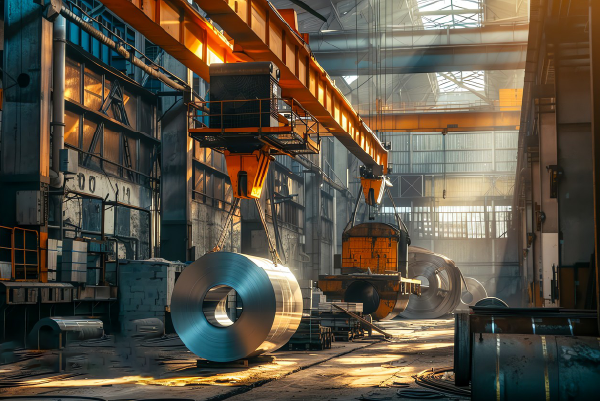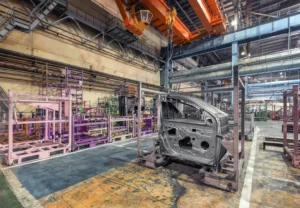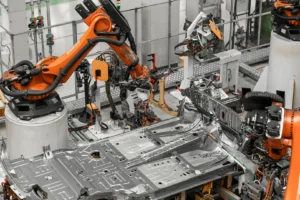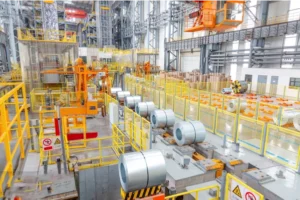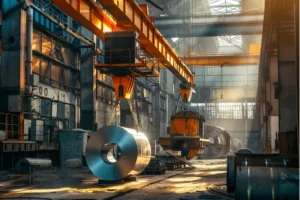301, 304, 316 Stainless Steel Coil: Immediate Supply from MFY's Asia Inventory
Project delays cost money. Waiting for stainless steel coil shipments stalls your progress. Our massive Asia inventory provides immediate supply, keeping your operations moving forward without interruption.
MFY offers immediate supply of 301, 304, and 316 stainless steel coils directly from our extensive Asia inventory. This strategic stock ensures manufacturers and contractors can access high-quality materials quickly, minimizing project downtime and overcoming common supply chain delays in the global market.
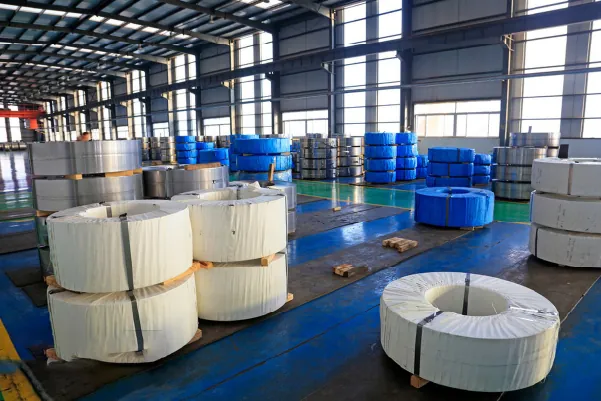
As the Global Business Director at MFY, I speak with partners every day who are navigating an increasingly complex global market. The single biggest factor that determines the success of a project is often the reliability of its supply chain. Access to essential materials isn't just a logistical detail; it's the foundation of operational efficiency and profitability. That's why we've invested heavily in creating a supply system that offers not just quality, but speed and certainty. Let’s explore why having a ready supply of key stainless steel grades is so crucial and how we make it a reality for our clients.
Why is Stainless Steel Coil So Important for Modern Industries?
Using the wrong material leads to costly failures. The unique versatility of stainless steel is often misunderstood. We'll show you why 301, 304, and 316 are essential choices.
Stainless steel coil is vital for its unmatched blend of corrosion resistance, strength, and formability. This makes it indispensable in construction, automotive, and manufacturing, where durability and reliability are non-negotiable for high-performance applications.
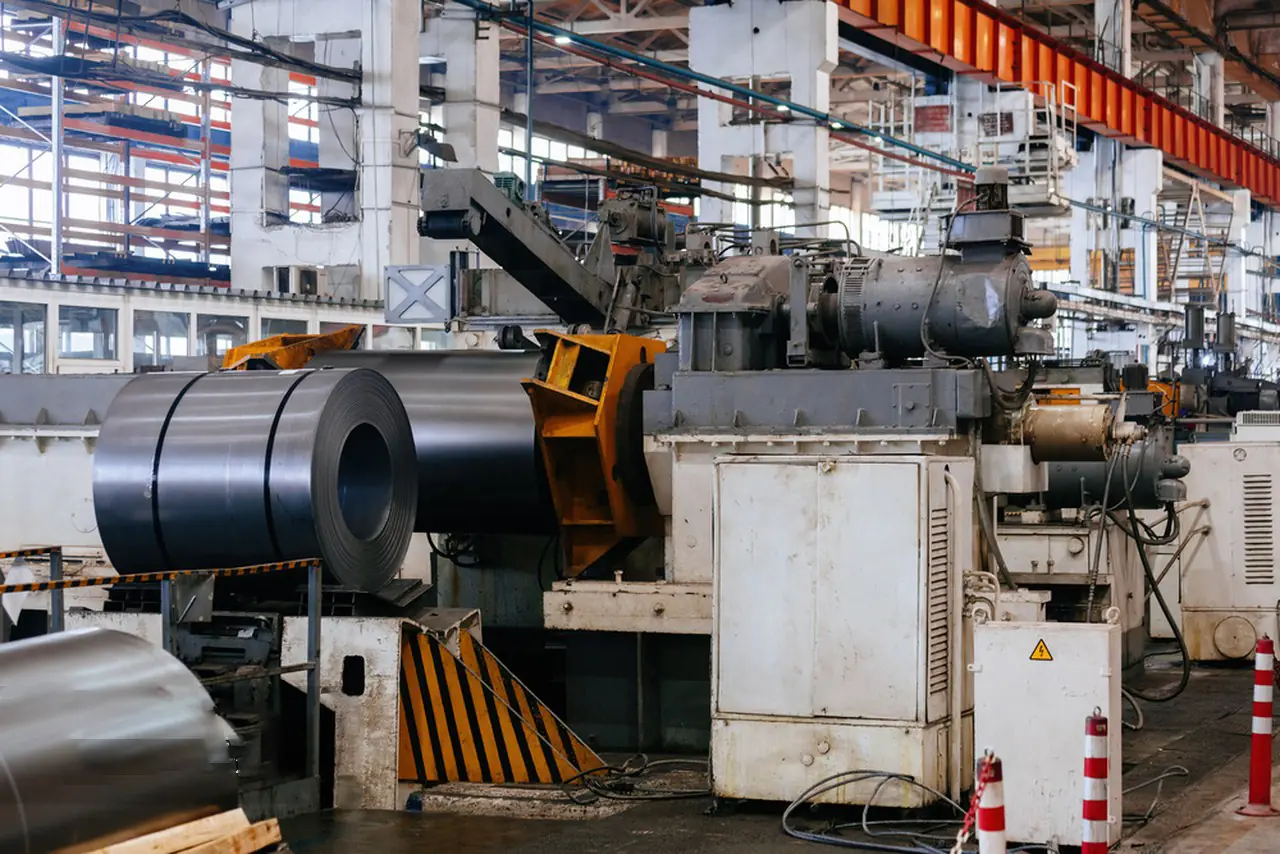
In my years in this industry, I've seen firsthand how the right material selection can make or break a project. Stainless steel isn't just one material; it's a family of alloys, each with specific strengths. The 300 series, particularly the austenitic grades[^1] like 301, 304, and 316, are the workhorses of modern industry. Their popularity stems from a powerful combination of properties that serve a vast range of applications, especially in the rapidly industrializing markets of Southeast Asia and the Middle East. Whether it's for large-scale construction projects or precision manufacturing, the demand for these reliable materials is surging. Understanding their distinct advantages is key to optimizing any application for performance and longevity.
The Role of Key Austenitic Grades
The choice between 301, 304, and 316 often comes down to the specific environmental and mechanical demands of the application. Each grade offers a unique balance of cost, formability, and resistance.
- Grade 301: This grade is known for its ability to achieve high strength through cold working[^2] while retaining good ductility. This makes it perfect for structural components that need to be both strong and formable, like automotive stampings, conveyor belts, and aircraft structural parts.
- Grade 304: Often called the "18/8" stainless steel, 304 is the most versatile and widely used grade. It offers excellent corrosion resistance in a wide range of atmospheric environments and is easily fabricated. You'll find it everywhere, from kitchen sinks and food processing equipment to architectural paneling and chemical containers.
- Grade 316: When superior corrosion resistance is required, 316 is the answer. The addition of molybdenum[^3] provides enhanced protection against chlorides and other industrial chemicals. This makes it the go-to material for marine hardware, chemical processing equipment, and medical implants.
Comparing Core Properties
To make it clearer, here’s a simple breakdown of how these three grades compare on key metrics:
| Property | Grade 301 | Grade 304 | Grade 316 |
|---|---|---|---|
| Corrosion Resistance | Good | Excellent | Superior |
| Formability | Excellent | Excellent | Very Good |
| Strength (Annealed) | Good | Good | Good |
| Weldability | Good | Excellent | Excellent |
| Typical Cost | Lower | Medium | Higher |
Choosing the right grade from the start prevents costly redesigns and ensures the final product meets its performance targets.
What Are MFY's Current Stock Levels for 301, 304, and 316 Coil in Asia?
You need material now, but inventories are uncertain. This unpredictability creates risk. MFY's transparent, robust stock levels offer the reliability your projects demand.
MFY maintains a significant, ready-to-ship inventory of 301, 304, and 316 stainless steel coils in our Asian hubs. Our current stock levels are strategically managed to meet immediate, high-volume demand from global clients, ensuring rapid fulfillment.
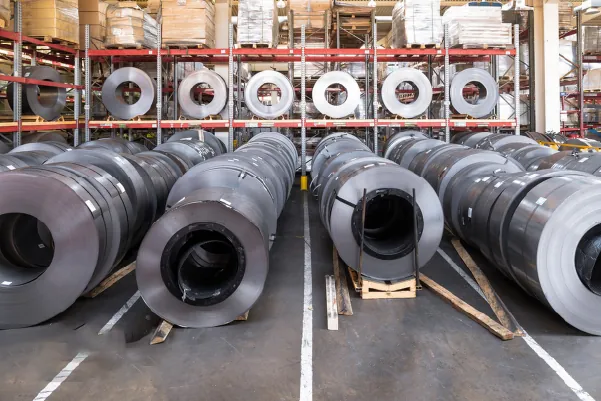
A promise of "immediate supply" is meaningless without the inventory to back it up. At MFY, we don't just talk about agility; we build it into our physical infrastructure. We have made a strategic decision to maintain one of the largest and most diverse inventories of 301, 304, and 316 stainless steel coils in Asia. This isn't just about warehousing metal; it's about understanding market dynamics and anticipating our clients' needs. In a volatile supply chain landscape, our inventory acts as a critical buffer, insulating your projects from unexpected shortages and price spikes. This readiness is a core part of our commitment to being a pivotal partner in our clients' growth, allowing them to seize opportunities without being held back by material lead times.
Strategic Stockpiling for Market Agility
Our inventory strategy is proactive, not reactive. We leverage our deep integration in the Chinese stainless steel supply chain to secure prime material and maintain high stock levels. This allows us to serve not only planned, long-term projects but also urgent, short-notice requests. I remember a client in the Philippines working on a critical infrastructure project who faced an unexpected supply gap from their regular vendor. Because of our ready stock in Asia, we were able to dispatch the required 316 coils within days, not weeks, preventing a costly project stall. This is the practical advantage of our model.
Real-Time Availability and Transparency
Our stock isn't a black box. We provide our partners with clear, up-to-date information on what we have available. This transparency is crucial for effective project planning. Here’s a general overview of what you can expect to find in our immediate-supply inventory:
| Grade | Common Finishes | Typical Thickness Range | Availability Status |
|---|---|---|---|
| 301 | 2B, BA, No.4 | 0.3mm - 3.0mm | Ready to Ship |
| 304/304L | 2B, BA, No.4, HL | 0.3mm - 6.0mm | Ready to Ship |
| 316/316L | 2B, No.4 | 0.5mm - 6.0mm | Ready to Ship |
This massive, accessible inventory means you can commit to timelines with confidence, knowing the material you need is already secured and waiting.
What are the Biggest Challenges in Maintaining Efficient Stainless Steel Coil Supply Chains?
Supply chain disruptions are common. These delays can derail entire projects. Understanding the core challenges is the first step to building a resilient strategy.
The primary challenges include raw material price volatility, complex global logistics, unexpected production delays, and shifting trade policies. These factors create uncertainty, making it difficult for businesses to secure a reliable and timely supply of stainless steel coil.
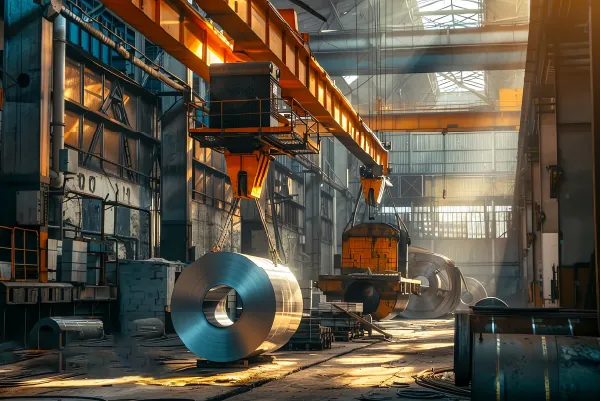
The global stainless steel market is a complex web of miners, producers, distributors, and logistics providers. A disruption in any one part of this chain can have a ripple effect that ultimately impacts your project timeline and budget. Over my career, I've seen how even well-planned projects can be thrown off course by factors far outside a manager's control. The landscape is characterized by volatility and unpredictability, which makes supply chain management a constant battle. Recognizing these specific pressure points is essential for any business that relies on a steady flow of industrial materials. It’s not about being pessimistic; it’s about being realistic so you can build a strategy that accounts for these inherent risks.
Raw Material Price Volatility
The price of stainless steel is closely tied to the fluctuating costs of its core components, especially nickel. Geopolitical events, mining output, and market speculation can cause prices to swing dramatically. This volatility makes it difficult for manufacturers and contractors to budget accurately and can lead to sudden increases in project costs if materials aren't secured at the right time.
Logistical Hurdles and Bottlenecks
Moving heavy, bulky stainless steel coils across the globe is a major logistical challenge. Port congestion, container shortages, customs delays, and unpredictable transit times are now common occurrences. I recently spoke with a distributor in Europe who had a shipment stuck at a port for over a month, causing a cascade of delays for their customers. These logistical bottlenecks can instantly turn a profitable quarter into a loss-making one.
Production and Trade Uncertainties
Even before the material is shipped, delays can occur at the production level. Mill shutdowns, energy shortages, or unexpected maintenance can disrupt production schedules. Furthermore, sudden changes in international trade policies, such as new tariffs or import/export restrictions, can add another layer of complexity and cost, making it difficult to plan a stable, long-term supply strategy. These factors combined create a challenging environment for anyone needing a consistent supply of stainless steel.
How Can You Overcome Supply Chain Disruptions in the Stainless Steel Industry?
Your supply chain feels fragile. One disruption can cause a cascade of problems. A proactive partnership with a resilient supplier is the solution to this uncertainty.
Overcoming disruptions requires partnering with a supplier that has an integrated supply chain, diverse logistics networks, and significant inventory. MFY’s model provides this stability, acting as a buffer against market volatility and ensuring consistent material flow for your projects.
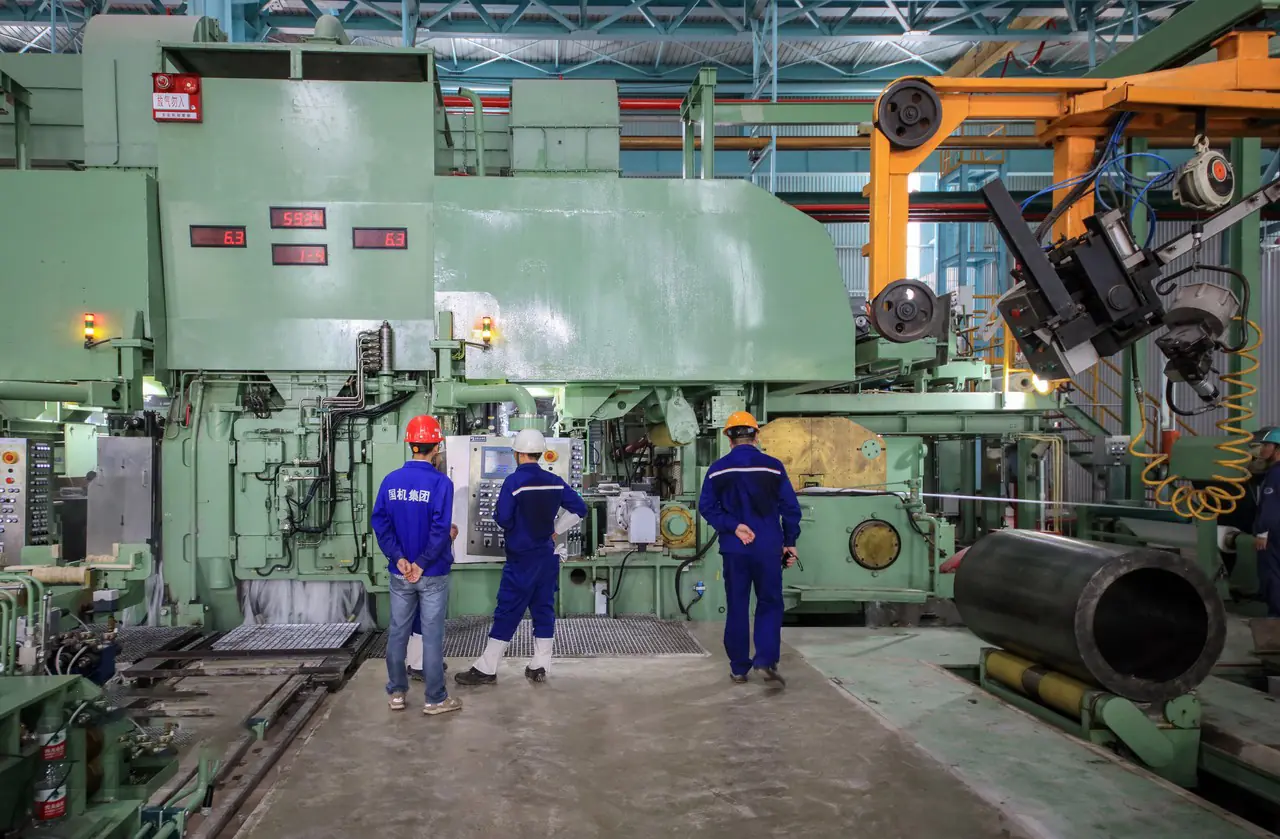
In a market defined by the challenges we just discussed, you cannot afford a passive approach to procurement. The solution is not to try and predict every disruption but to build resilience into your supply chain. This is achieved by moving away from transactional relationships and toward strategic partnerships. A true partner doesn't just sell you a product; they provide a solution that insulates you from market risk. At MFY, we have structured our entire business around this principle. Our goal is to be more than a supplier; we aim to be a pivotal part of your operational strategy, providing the reliability and flexibility you need to thrive. We do this by controlling the key variables that others cannot.
The Power of an Integrated Model
Our greatest strength is our fully integrated supply chain. Because MFY is involved in everything from raw material sourcing and production to global trade, we have an unparalleled level of control and visibility. We are not just a trader dependent on the whims of various producers. This integration allows us to manage production schedules, prioritize orders, and maintain quality standards with exceptional precision. It directly counters the risks of production bottlenecks and gives our clients a direct, stable line to the source.
Building Strategic Inventory as a Buffer
As I've emphasized, our massive inventory is your first line of defense against market volatility. While others are scrambling to find material during a shortage, our clients have access to a ready supply. This strategic stock absorbs the shocks of logistical delays and price fluctuations, providing you with stable pricing and predictable lead times. It transforms procurement from a gamble into a reliable, manageable process.
Diversifying Logistics for Agility
An integrated model and large inventory are powerful, but they must be paired with an agile logistics network. We don't rely on a single shipping route or provider. We have built a diverse network of logistics partners and shipping options, allowing us to pivot quickly to avoid port congestion or other transit hurdles. This flexibility ensures that we can uphold our promise of rapid export delivery, getting your material from our warehouse to your site as efficiently as possible.
How is MFY Using Technology to Enhance Inventory Management?
Manual inventory tracking is slow and error-prone. This leads to stockouts or overstocking. MFY leverages technology for precision, giving you real-time supply chain visibility.
MFY employs advanced inventory management systems (IMS) and data analytics to monitor stock levels in real-time. This technology enables predictive forecasting, optimizes stock allocation, and automates order processing, ensuring maximum efficiency and rapid distribution from our Asian hubs.
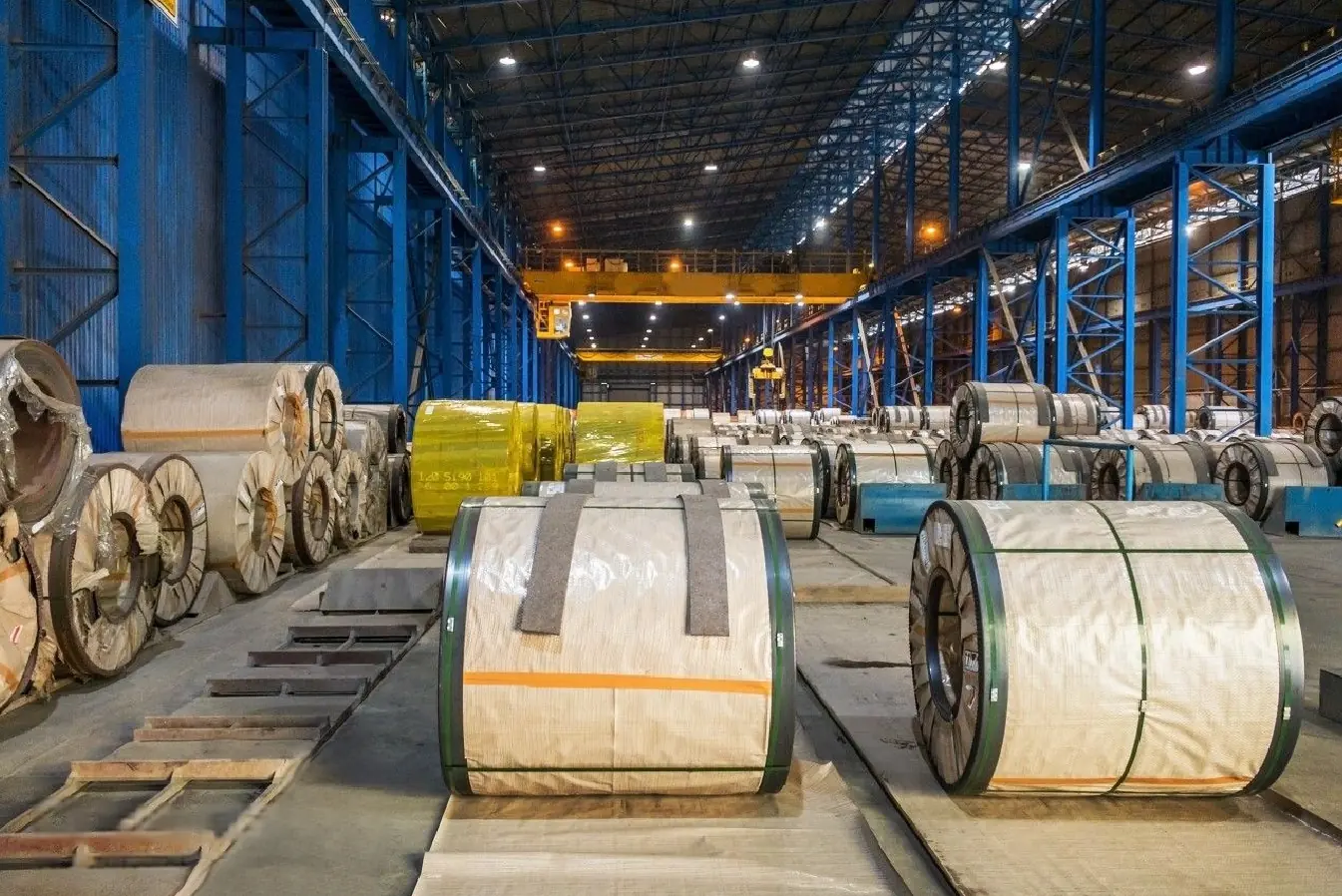
Our commitment to continuous evolution means embracing digital innovation at every level. A massive physical inventory is only as good as the system used to manage it. That's why we've invested in cutting-edge technology to turn our warehouses into smart, responsive hubs of activity. This isn't just about internal efficiency; it's about providing our clients with a seamless and transparent experience. By using data-driven tools, we can move beyond simply reacting to orders and instead anticipate market needs, ensuring the right material is in the right place at the right time. This technological layer is the brain behind the brawn of our physical inventory, making our promise of "immediate supply" a data-backed reality.
Real-Time Inventory Tracking
Our warehouses are equipped with an advanced Inventory Management System (IMS)[^4] that provides a live, 24/7 view of every coil we have in stock. Every item is tracked from the moment it arrives from the mill to the moment it's loaded for export. This eliminates guesswork and human error, ensuring that when we confirm an order, the material is physically present and ready to go.
Predictive Analytics for Demand Forecasting
We don't just track what we have; we use data analytics to predict what our clients will need. By analyzing historical sales data, market trends, and economic indicators from key regions like Southeast Asia and the Middle East, our system helps us forecast future demand for specific grades and specifications. This allows us to proactively adjust our stock levels, ensuring we are always prepared for emerging needs and can maintain our high availability rates.
Digital Client Portal for Transparency
We believe in empowering our partners with information. We are developing a digital client portal[^5] that will give our long-term partners direct visibility into our available inventory. This tool will allow you to check stock levels, review specifications, and place inquiries directly, streamlining the procurement process and fostering a deeper, more transparent partnership. It's another way we are using technology to build trust and make doing business with MFY faster and easier.
Conclusion
In today's volatile market, securing a reliable supply of 301, 304, and 316 stainless steel coil is critical. MFY's vast Asia inventory, integrated supply chain, and technological agility make us the ideal partner to ensure your projects stay on track and on budget.
Have Questions or Need More Information?
Get in touch with us for personalized assistance and expert advice.
